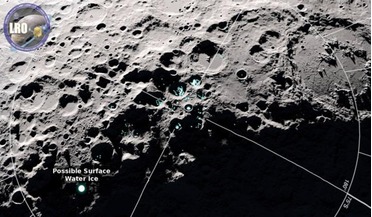 11 March 2019
LAMP shows migrating water molecules on the Moon
11 March 2019
LAMP shows migrating water molecules on the Moon
... the poles. However by using a UV spectrograph, known as the Lyman Alpha Mapping Project (LAMP) instrument, on NASA's Lunar Reconnaissance Orbiter (LRO), a team of scientists have observed water molecules ‘hopping’ around the dayside of the Moon. The...
 10 March 2017
New interplanetary radar technique spots "lost" lunar spacecraft
10 March 2017
New interplanetary radar technique spots "lost" lunar spacecraft
... is set to change that as scientists have used an interplanetary radar to successfully spot both NASA's Lunar Reconnaissance Orbiter [LRO] and the “lost” Indian Space Research Organisation's Chandrayaan-1 spacecraft. Pioneered by scientists...
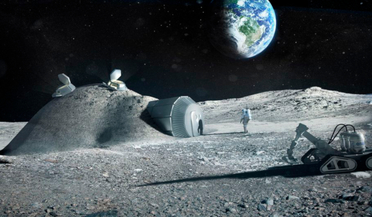 26 October 2020
Scientists detect molecular water and cold ‘water traps’ on the Moon
26 October 2020
Scientists detect molecular water and cold ‘water traps’ on the Moon
... it is too expensive to transport water from Earth. So, when both India's Chandrayaan-1 spacecraft and NASA’s Lunar Reconnaissance Orbiter (LRO), detected signatures interpreted as water in sunlight reflected from the Moon's surface a couple of years...
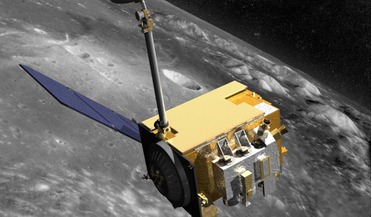 03 July 2020
More metal on the Moon than previously thought, new study suggests
03 July 2020
More metal on the Moon than previously thought, new study suggests
... up to mine the Moon, a new study by scientists using the Miniature Radio Frequency (Mini-RF) instrument on NASA's Lunar Reconnaissance Orbiter (LRO) spacecraft will be a welcome delight, as data reveals that the Moon's subsurface might be richer...
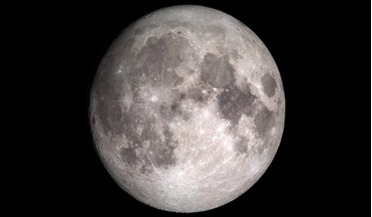 26 February 2018
More water on the Moon than previously thought
26 February 2018
More water on the Moon than previously thought
... shaded craters near the poles. However, data gathered from both India's Chandrayaan-1 spacecraft and NASA’s Lunar Reconnaissance Orbiter (LRO), detected signatures interpreted as water in sunlight reflected from the Moon's surface. Not only that...
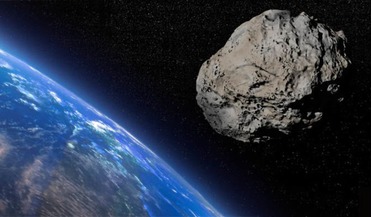 18 January 2019
Asteroid impacts on the increase since the age of the dinosaurs
18 January 2019
Asteroid impacts on the increase since the age of the dinosaurs
.... The thermal data and images were made available by the thermal radiometer instrument, known as Diviner, aboard NASA's Lunar Reconnaissance Orbiter (LRO). Diviner showed the team that the surrounding, scattered rocks produced more heat compared with...